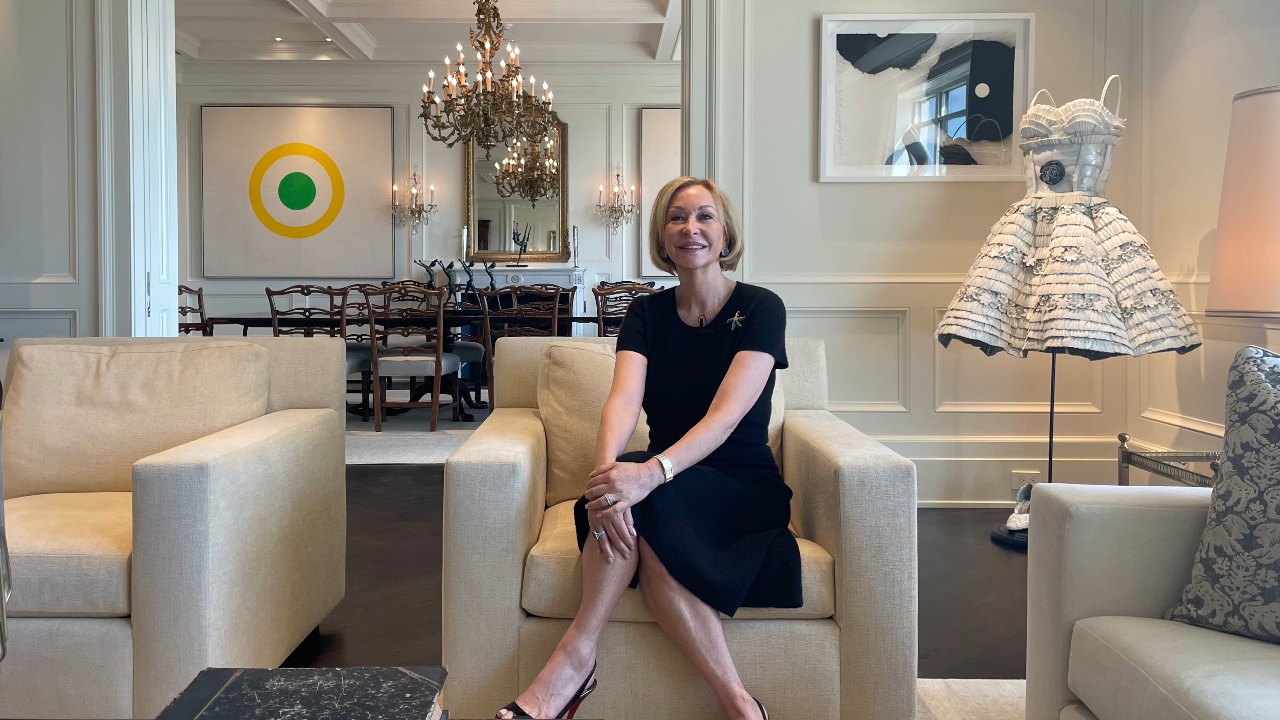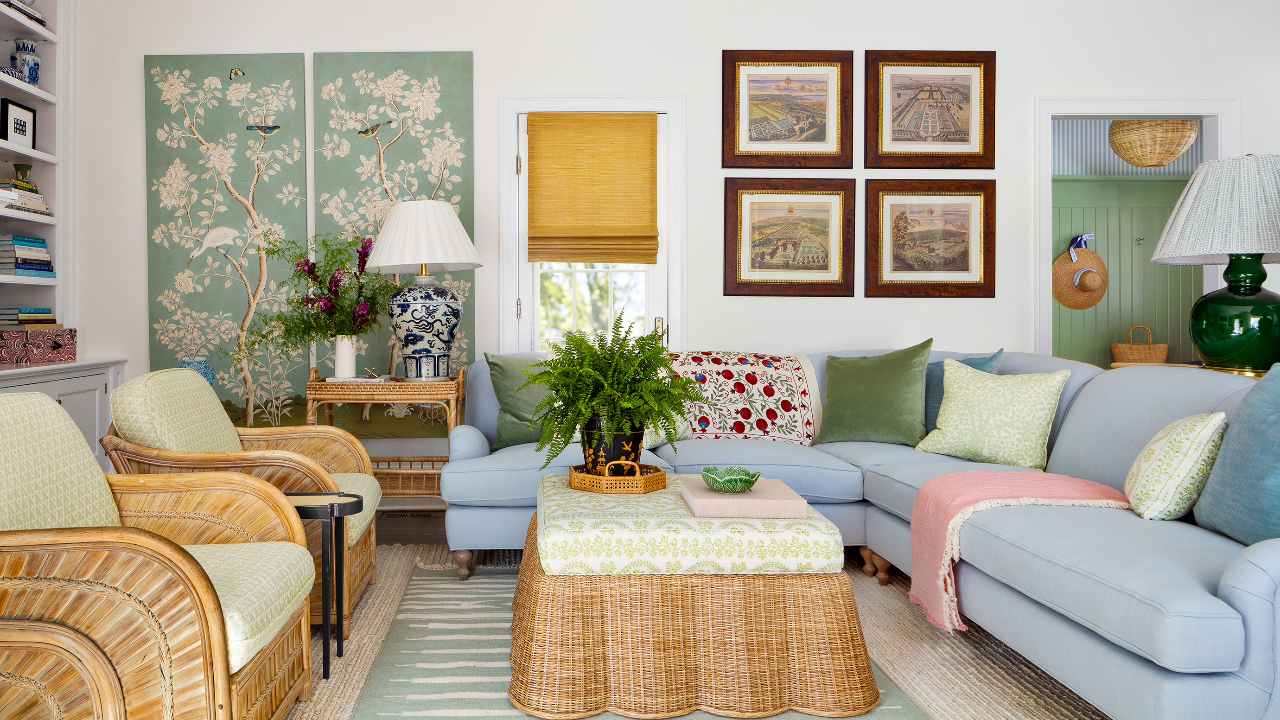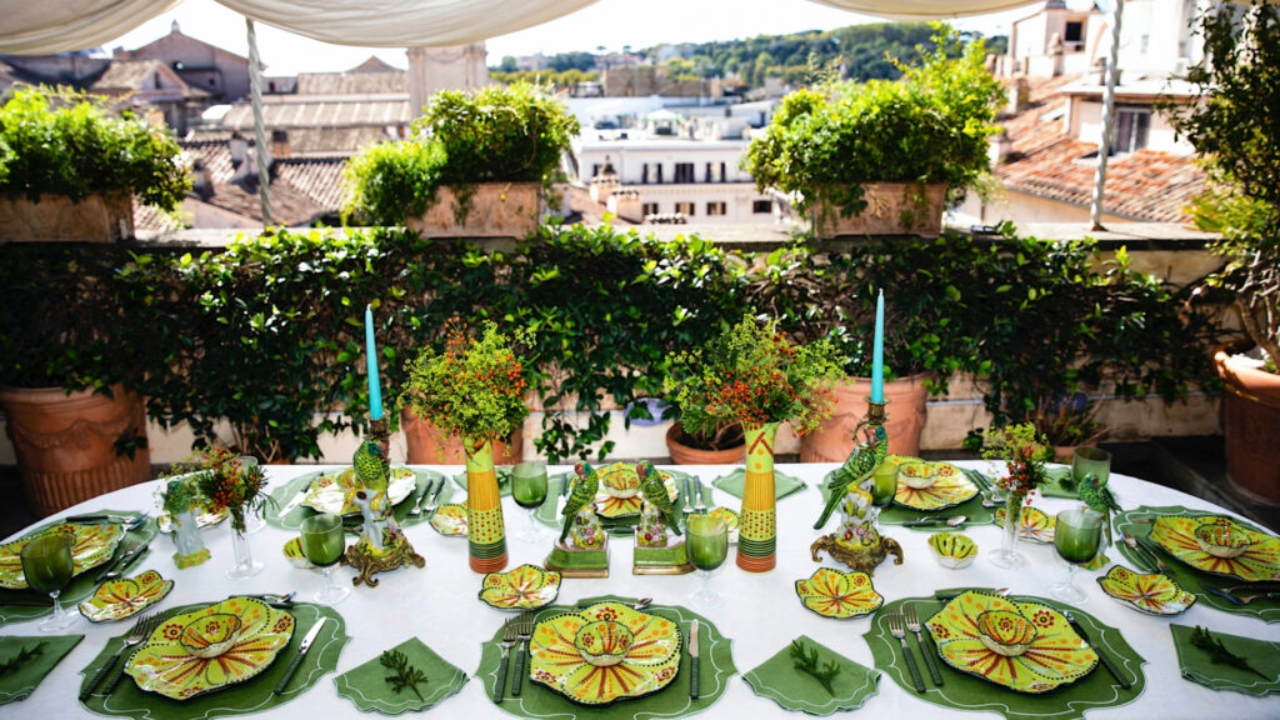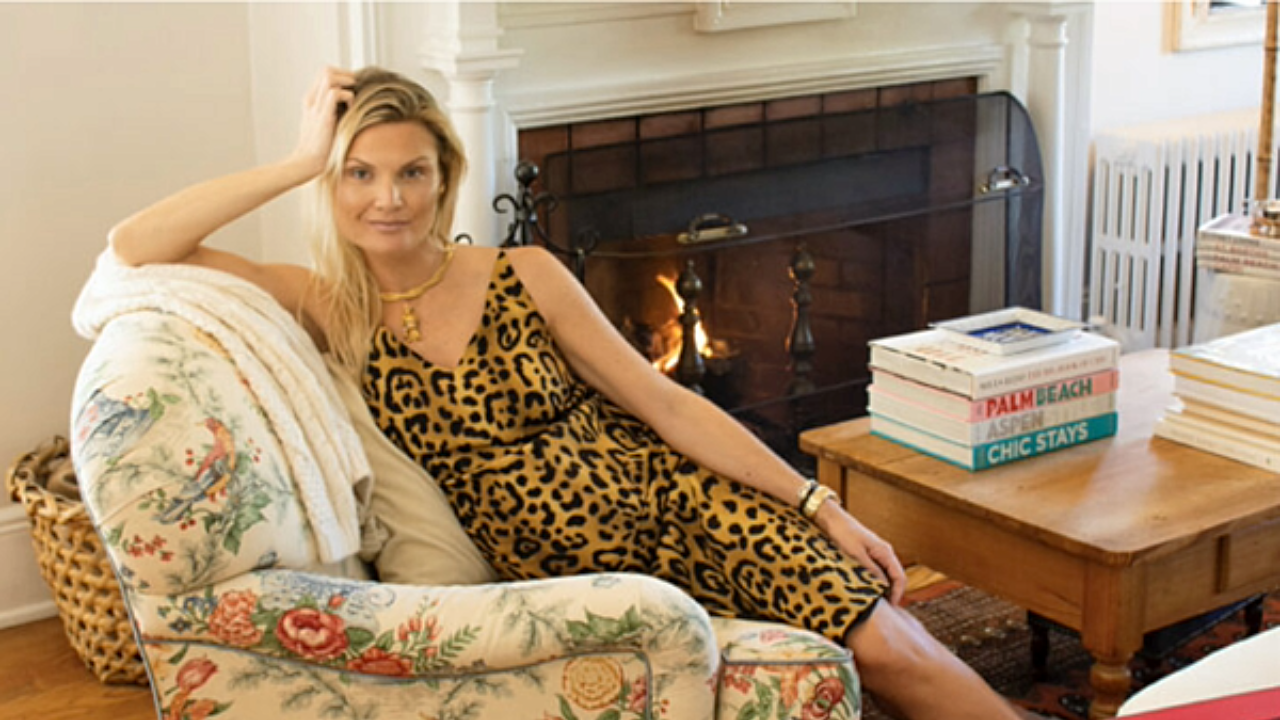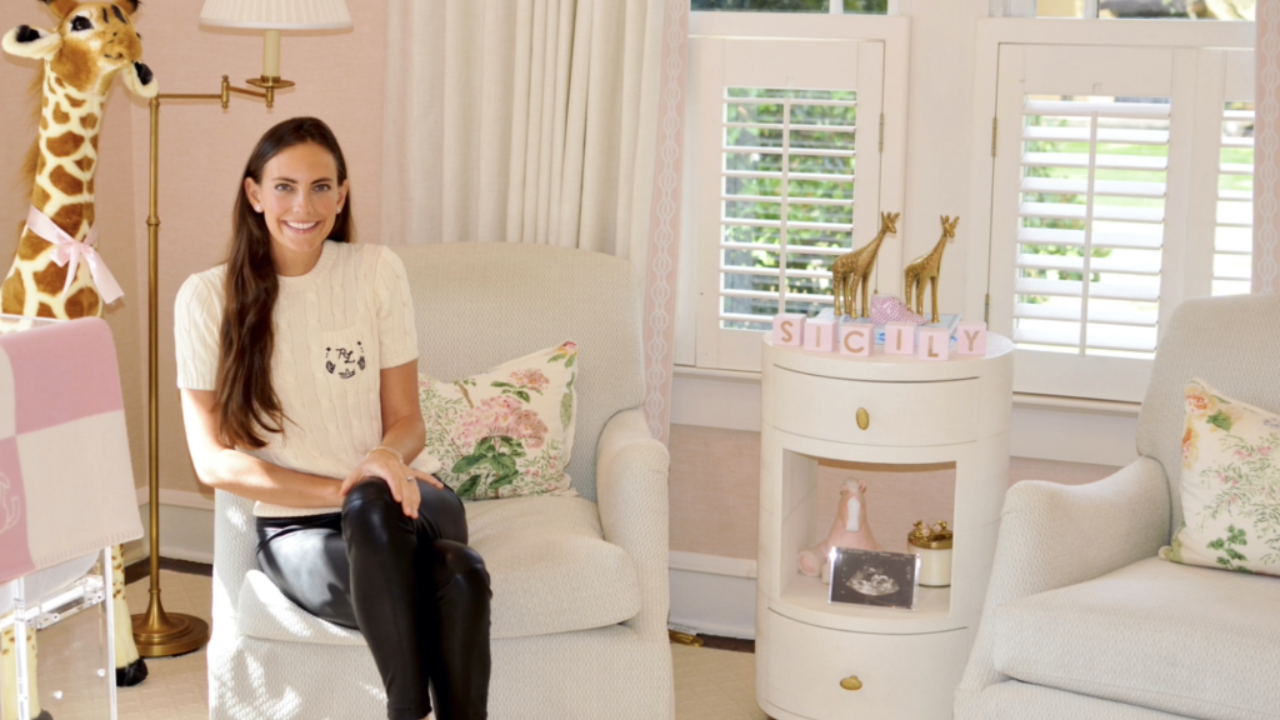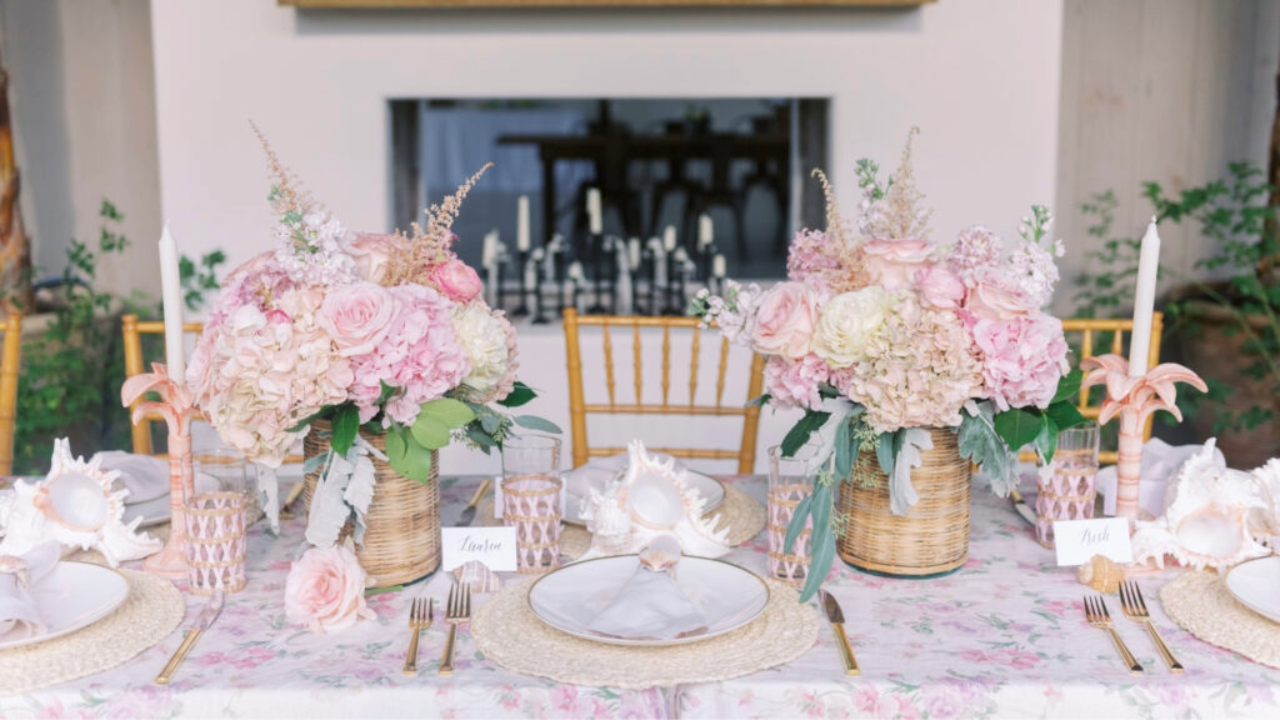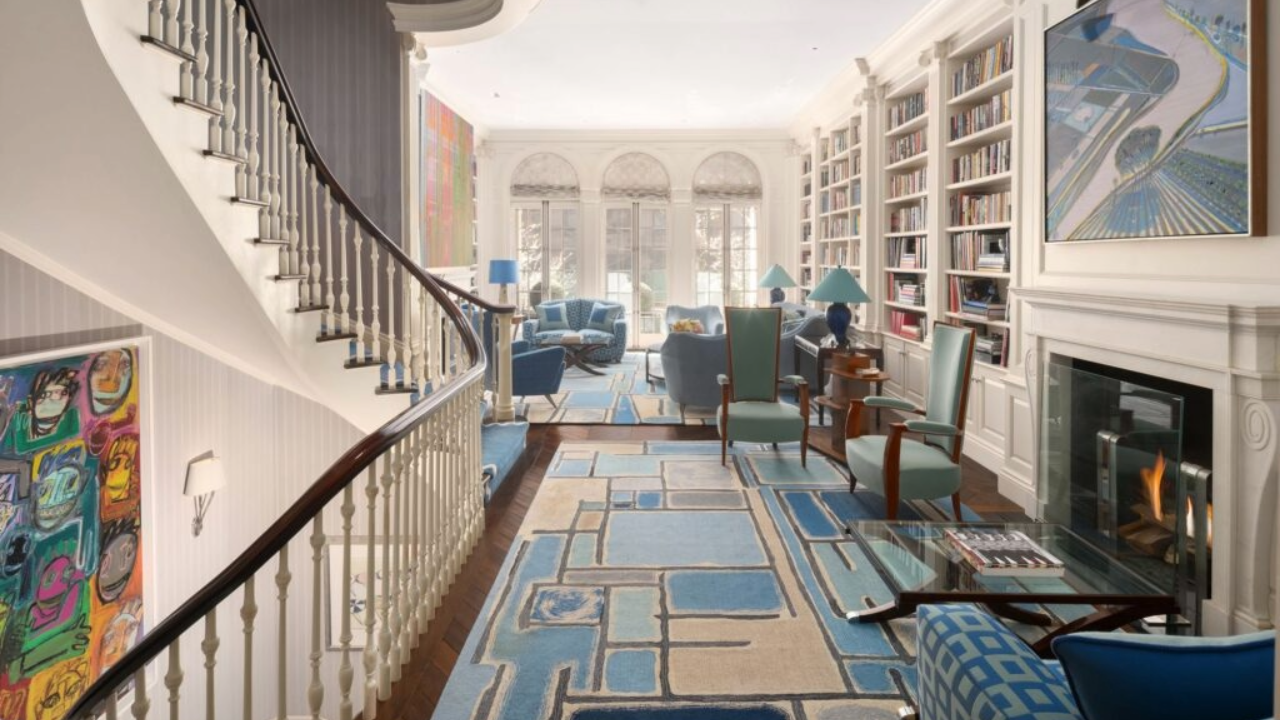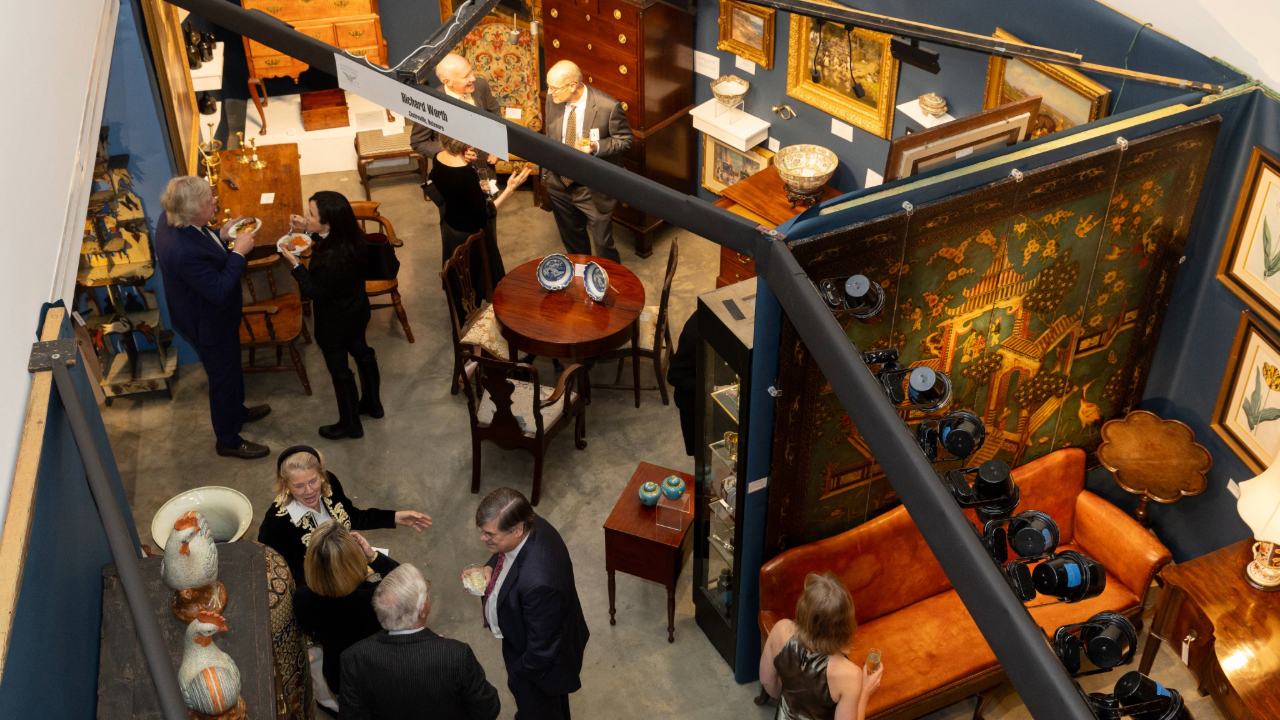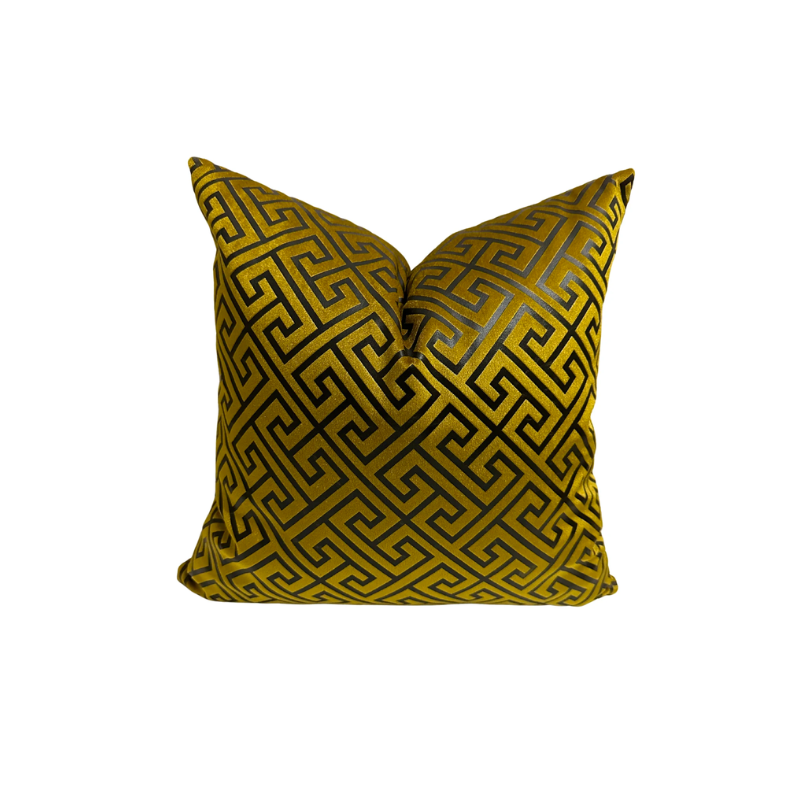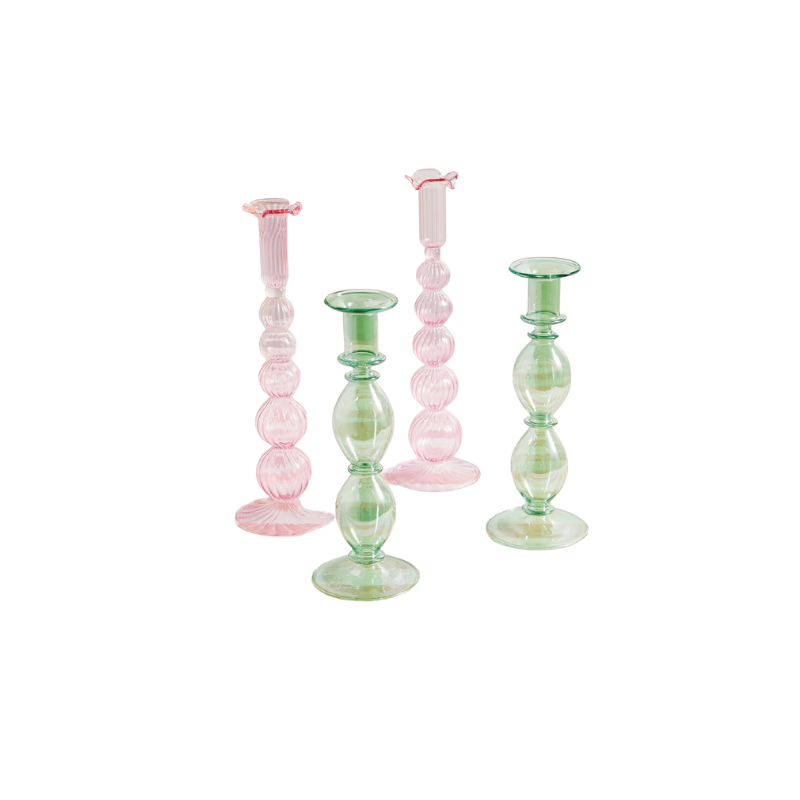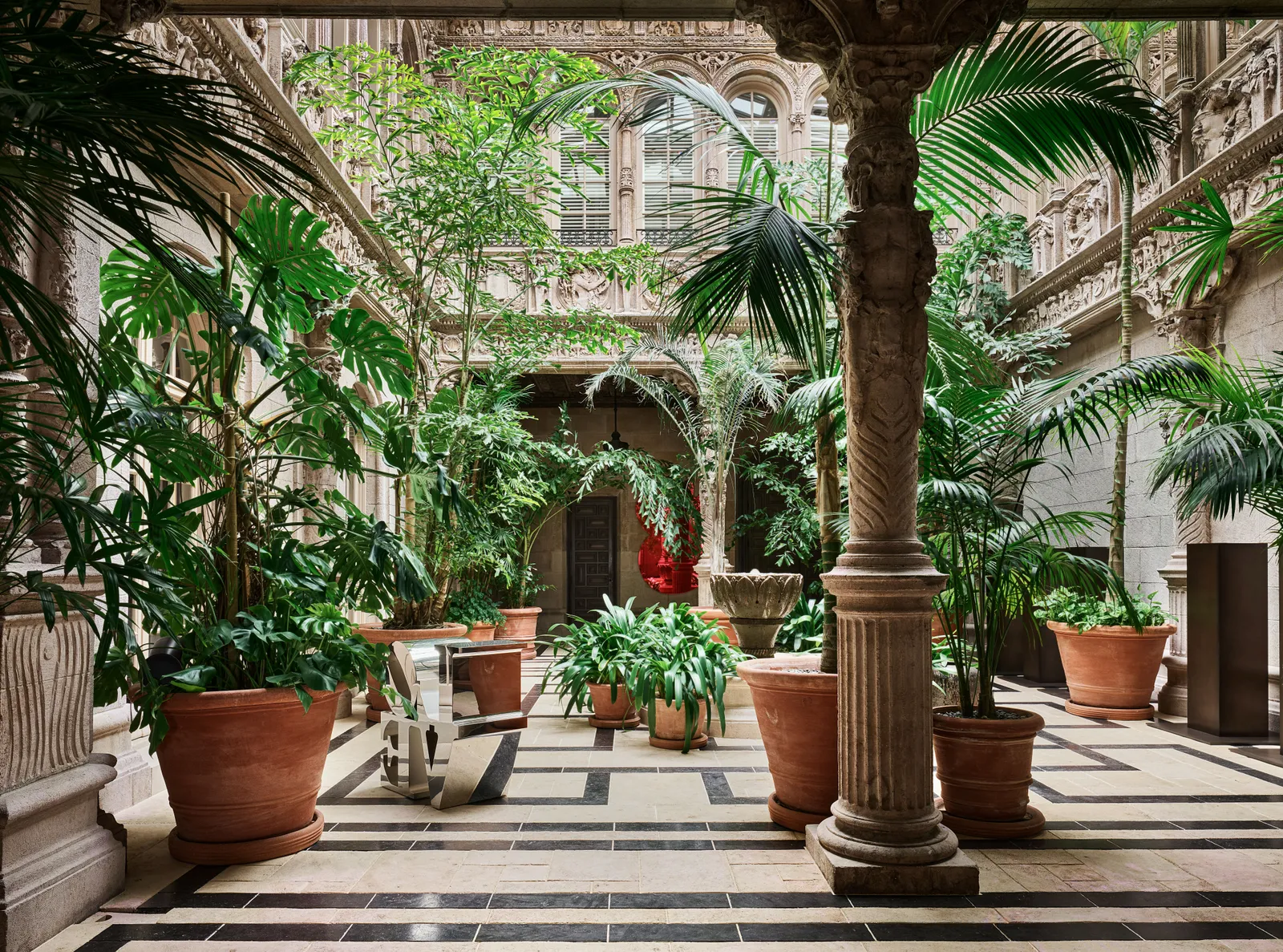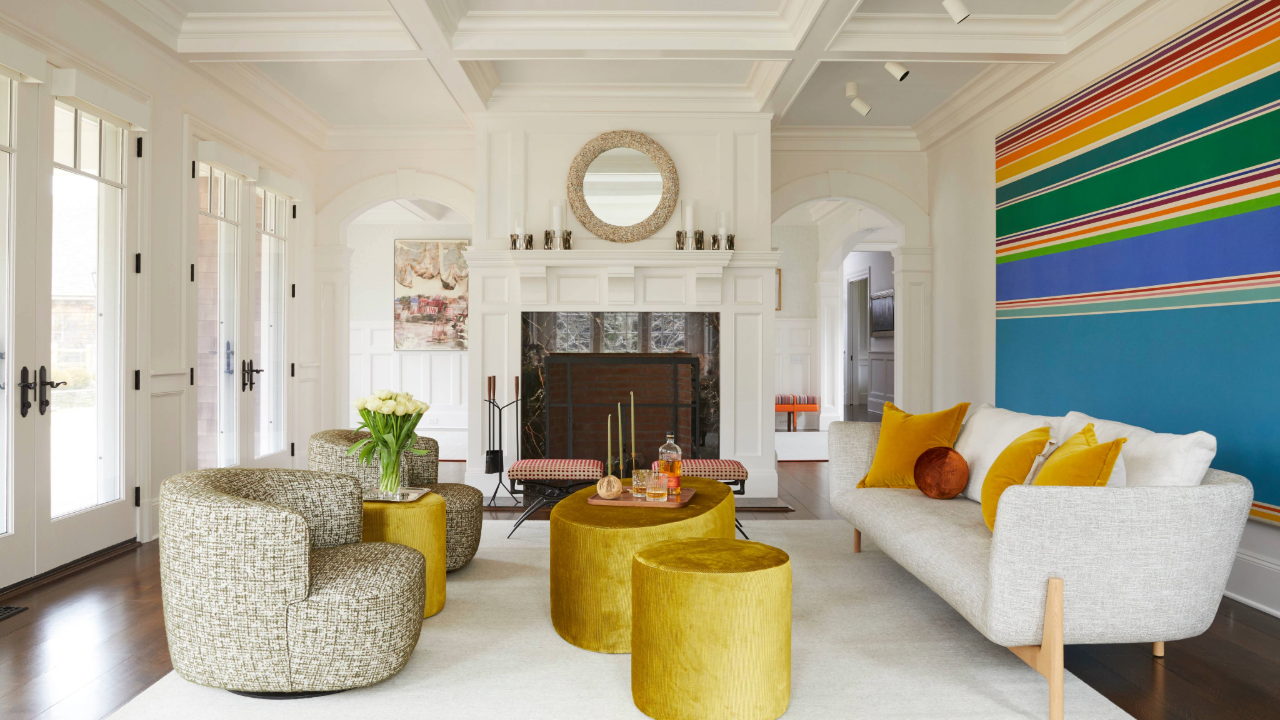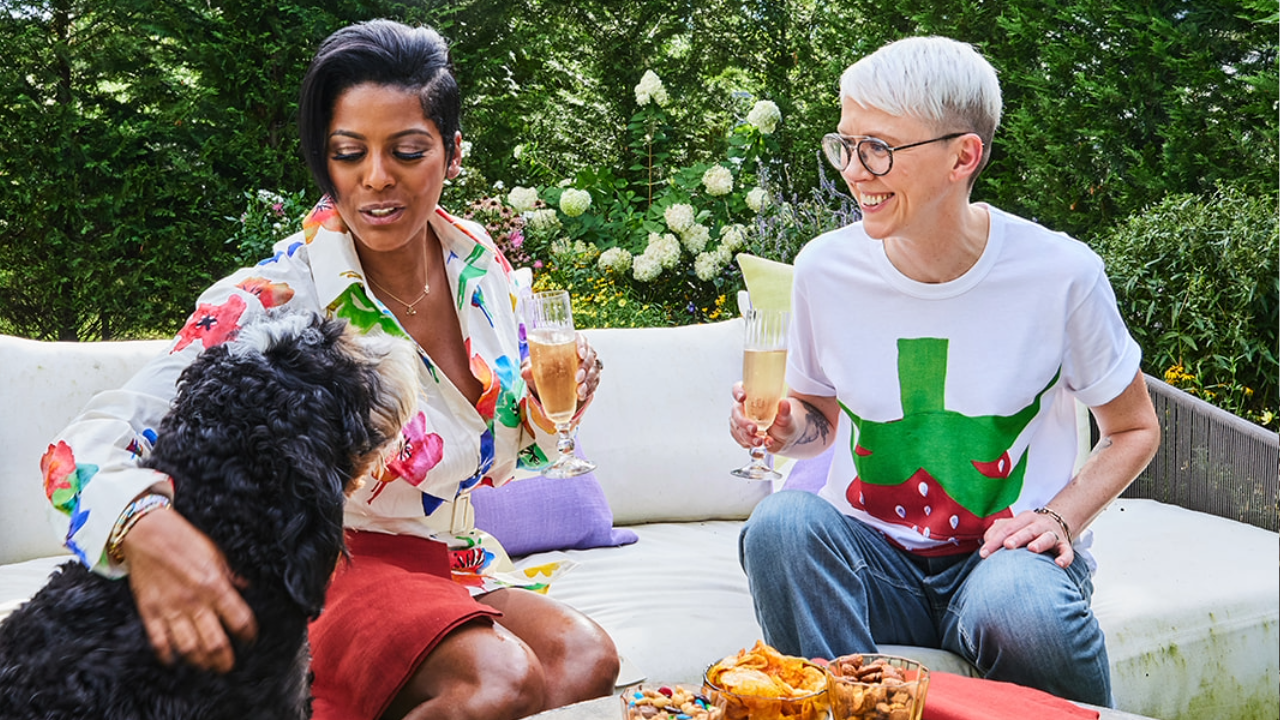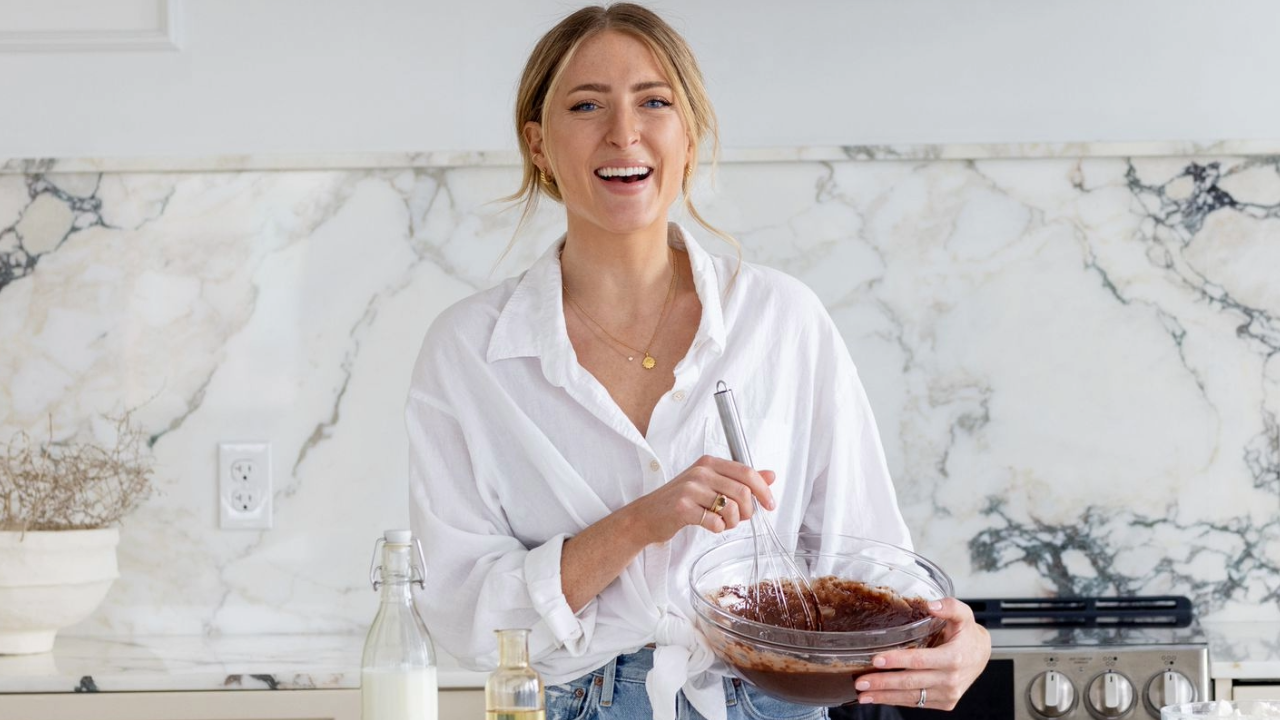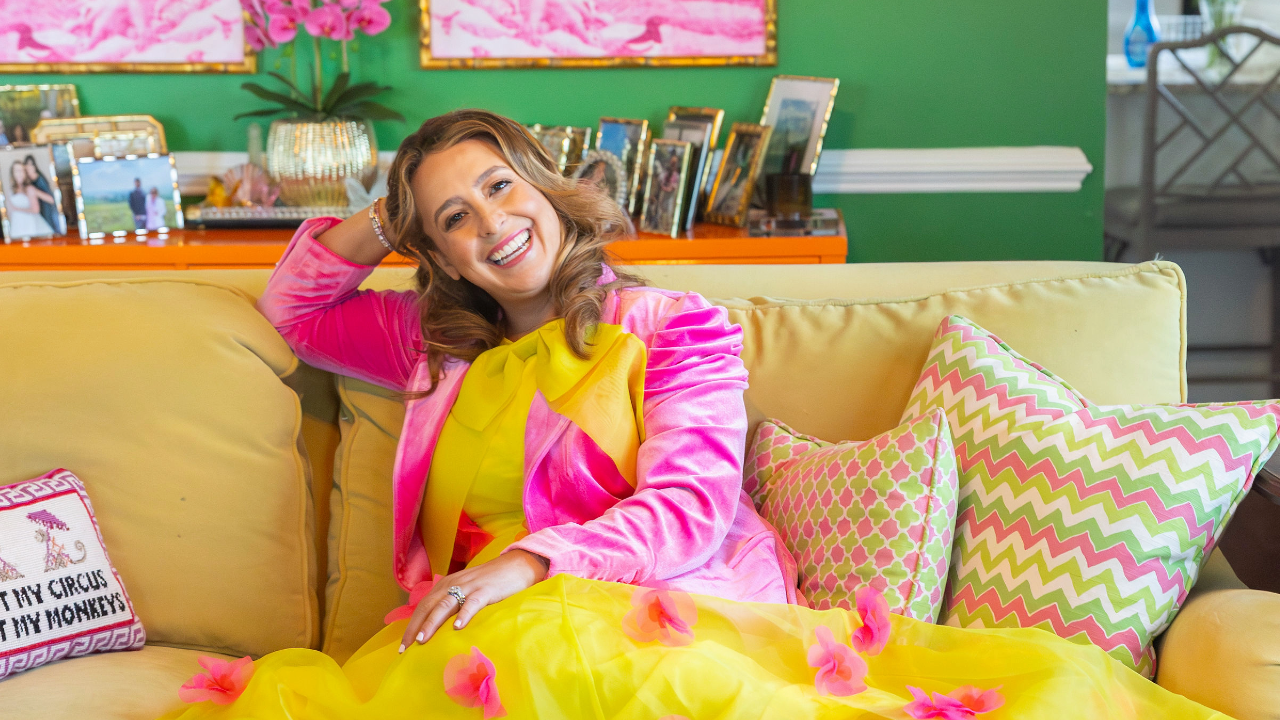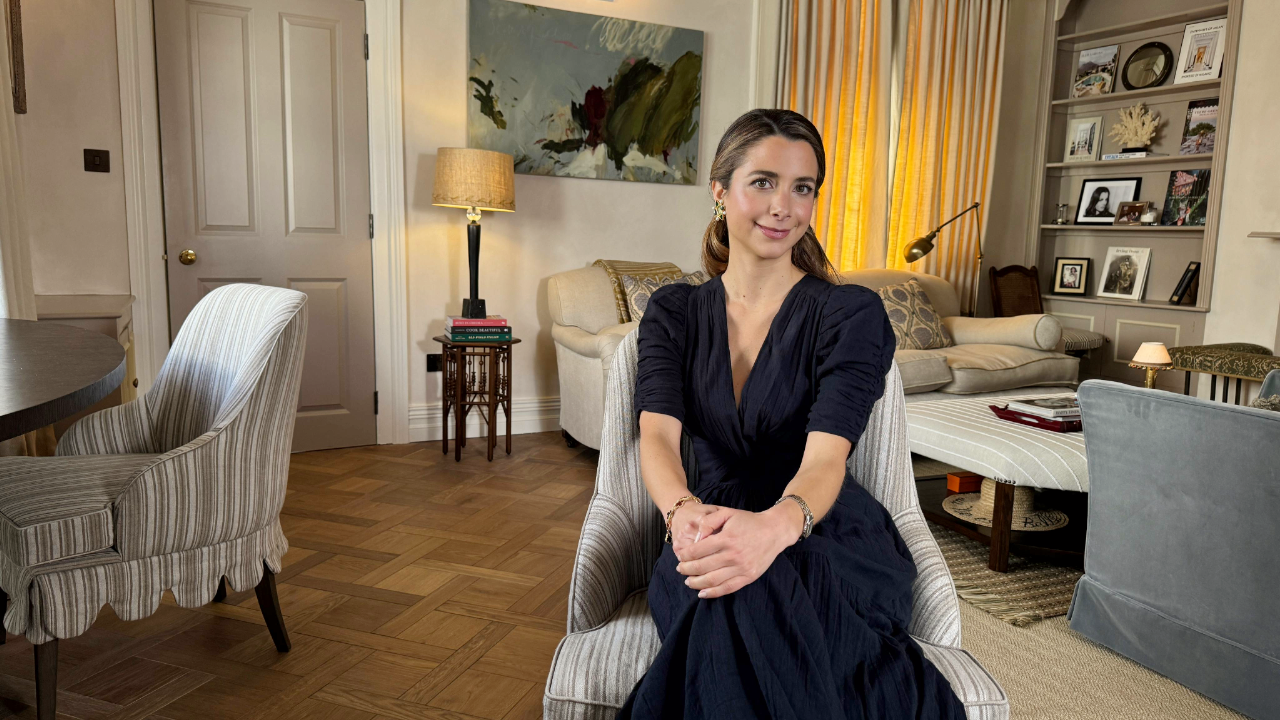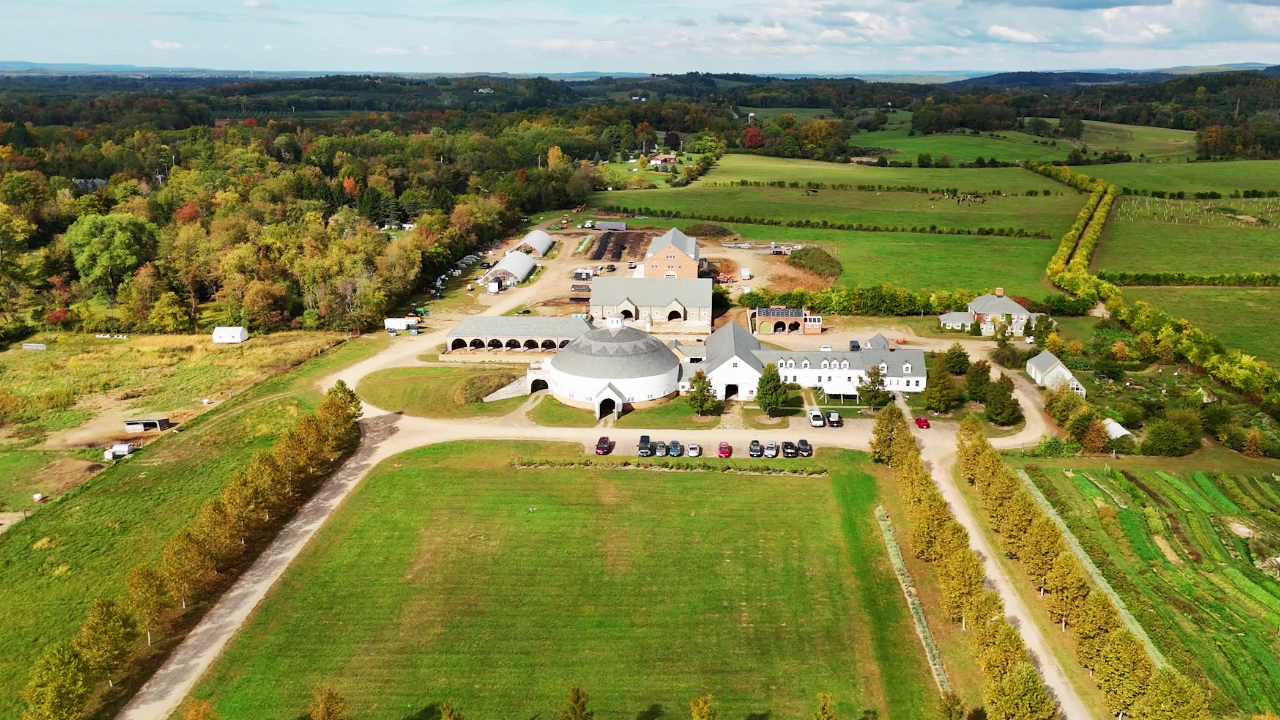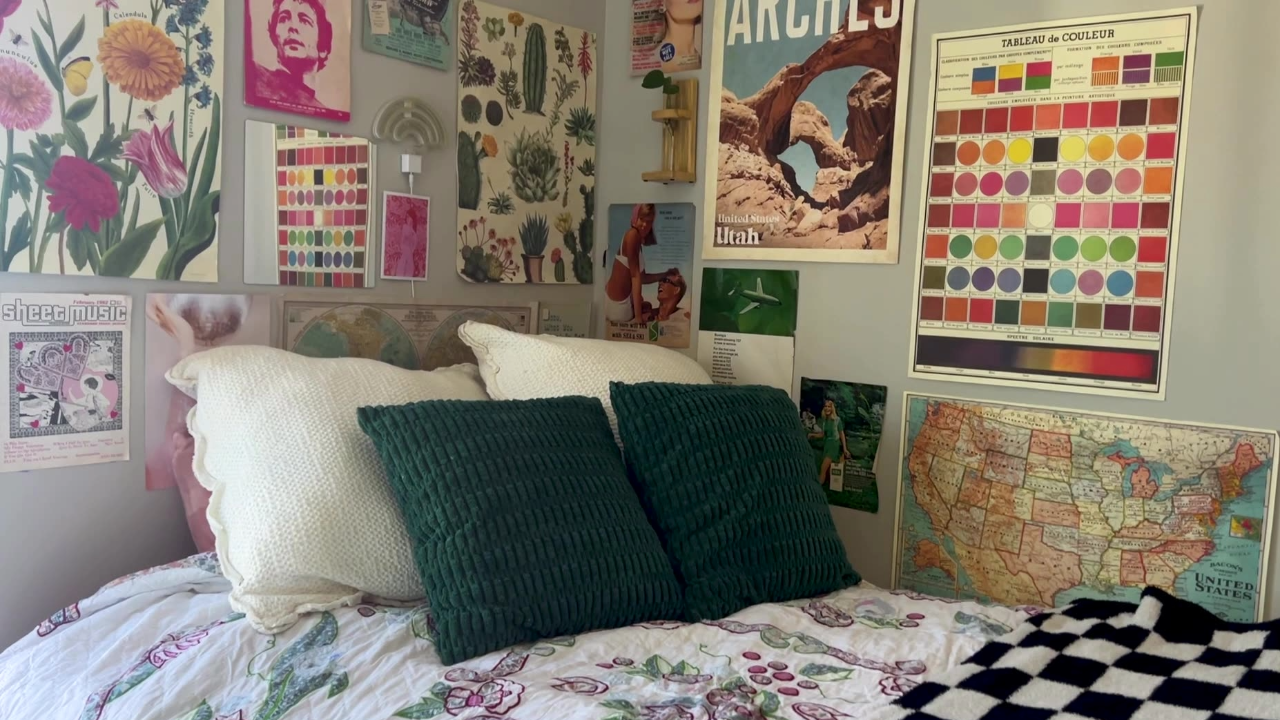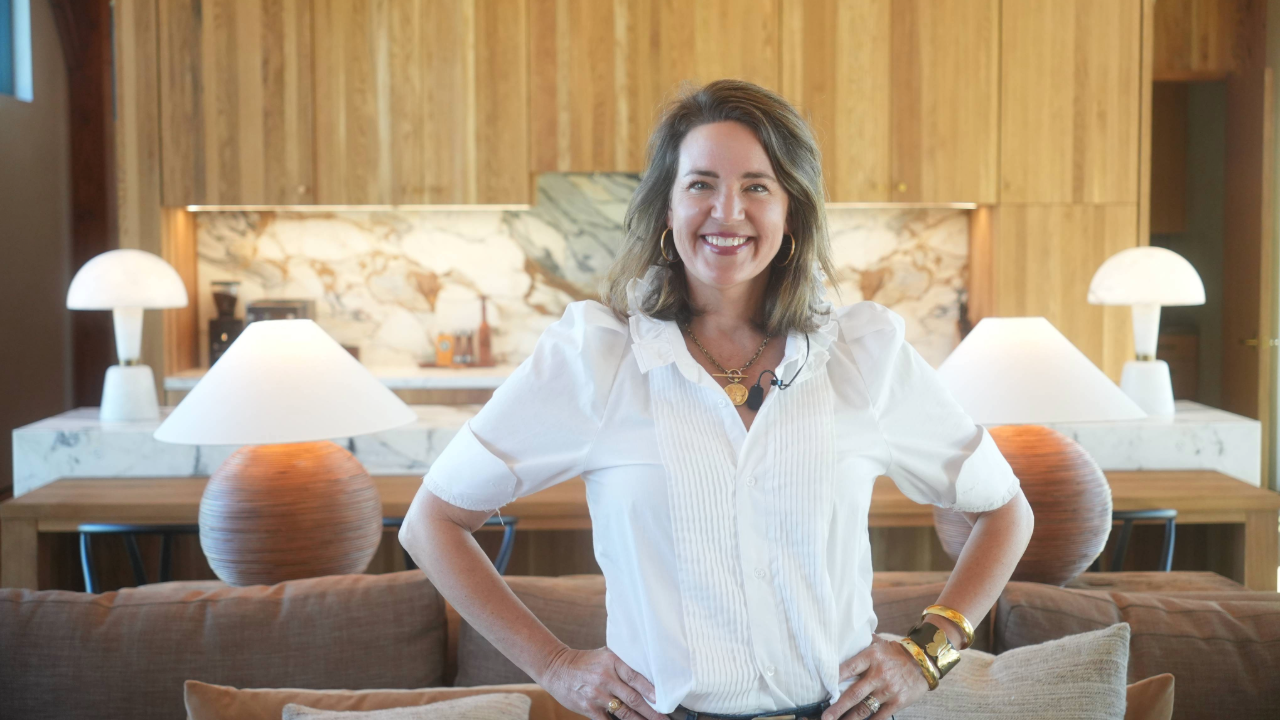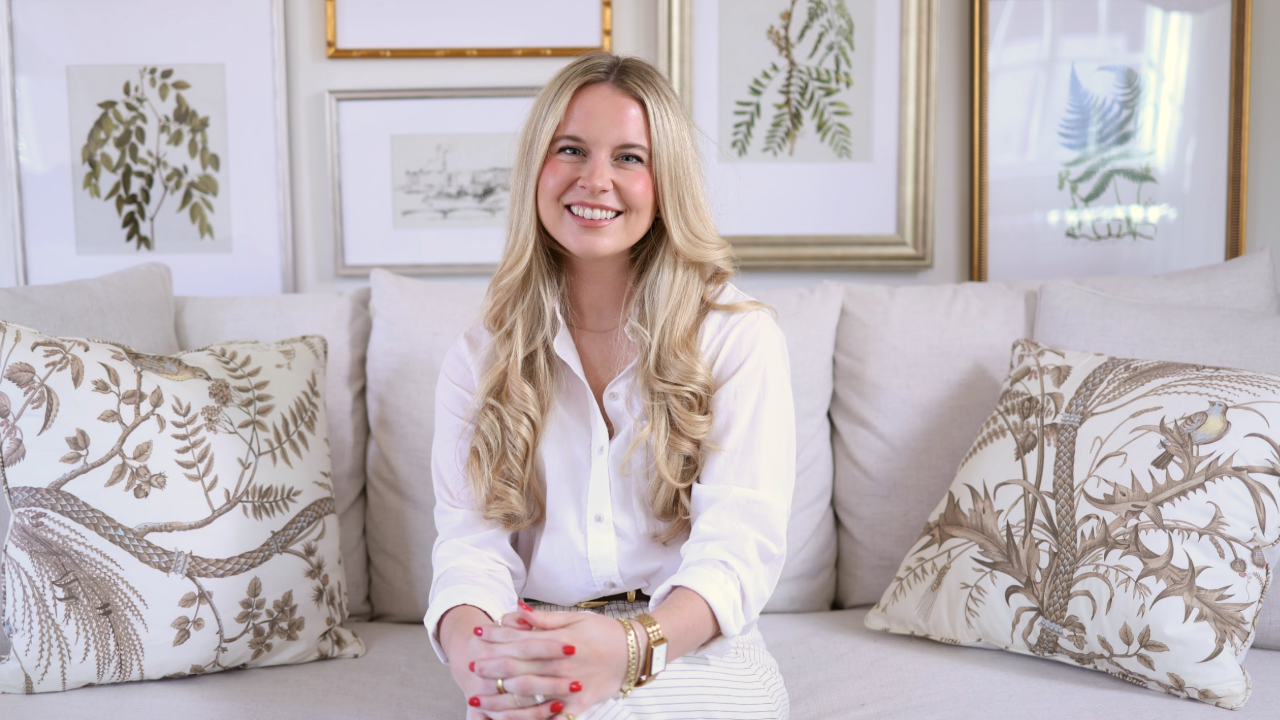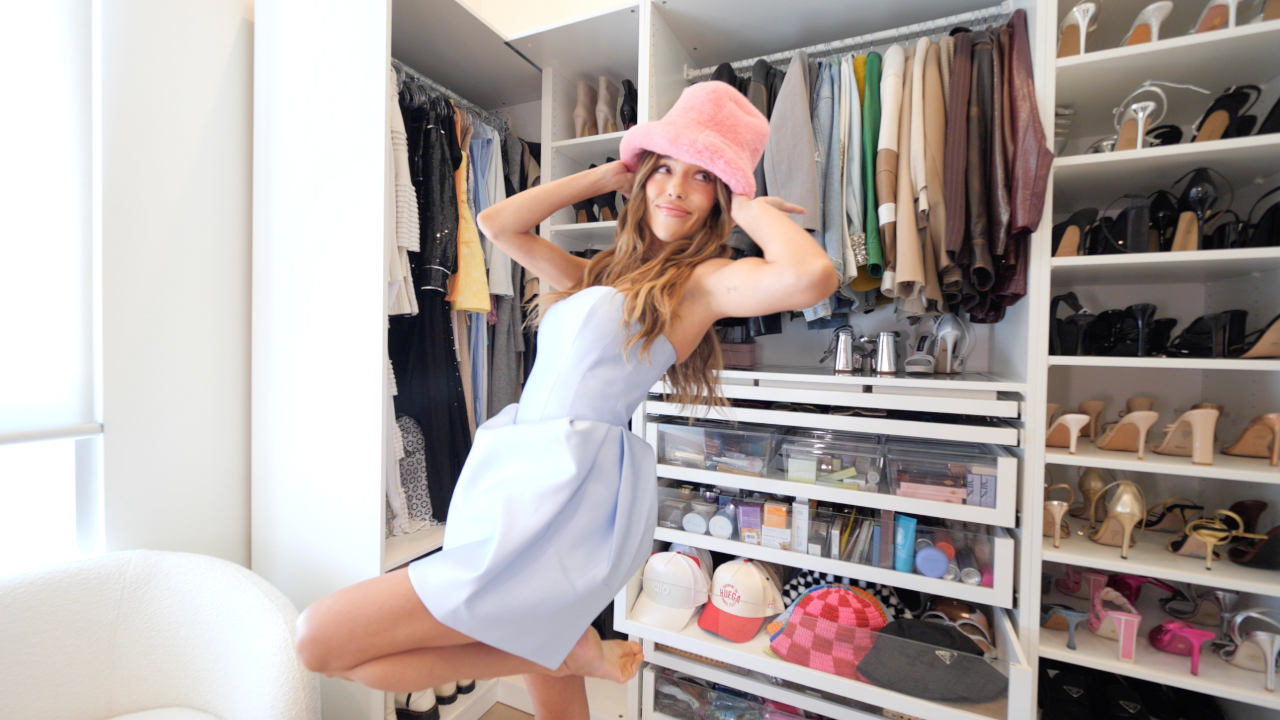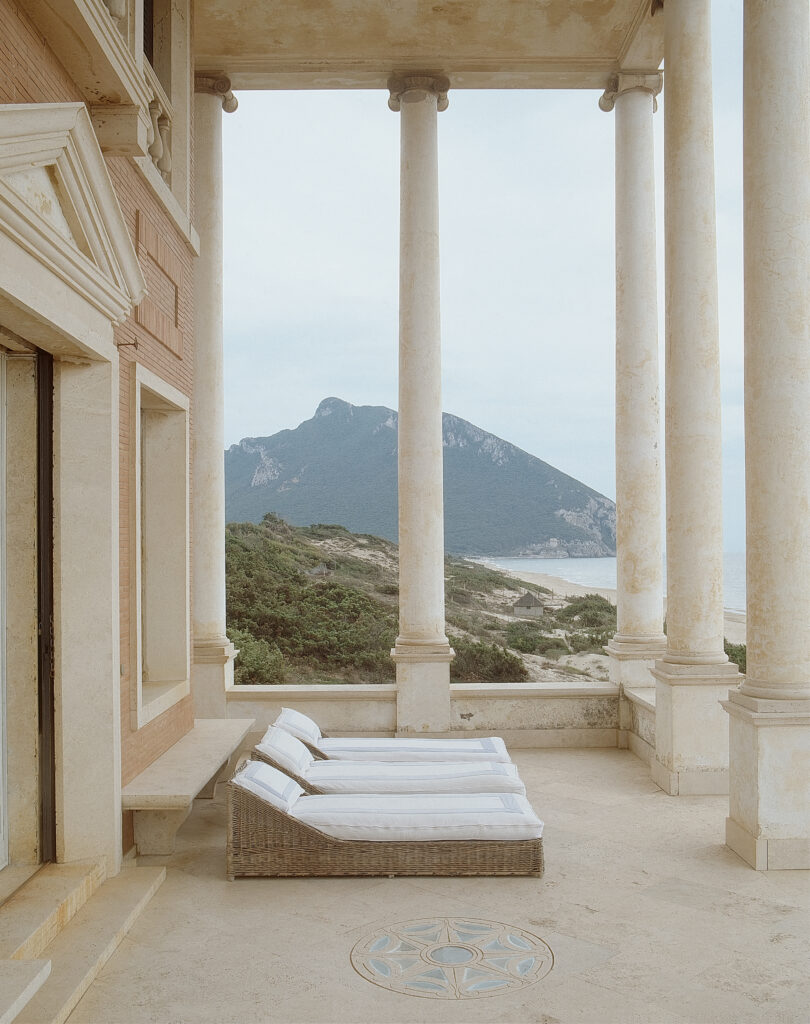
photographed in 1997. Turn of the Century by Henry Bourne (Rizzoli New York) Photo Credit: Henry Bourne
Homeworthy sat down with Henry Bourne, a luminary in the realms of portraiture and architectural photography, on the occasion of his new book’s release, Turn of the Century, published by Rizzoli. For nearly thirty years, Bourne has captured the personal and creative spaces of the world’s most seminal artists, architects, and designers — each photograph reflecting the dynamic interplay of culture and design. His book offers an exclusive glimpse into diverse spaces like Richard Prince’s Upstate New York studio, Marc Newson’s evolving residential designs, and the transformative London studio of artists Tim Noble and Sue Webster. Through his lens, Bourne not only documents, but interprets the aesthetic and sociological shifts mirrored in these intimate environments, presenting a compelling narrative of contemporary creativity and personal identity.
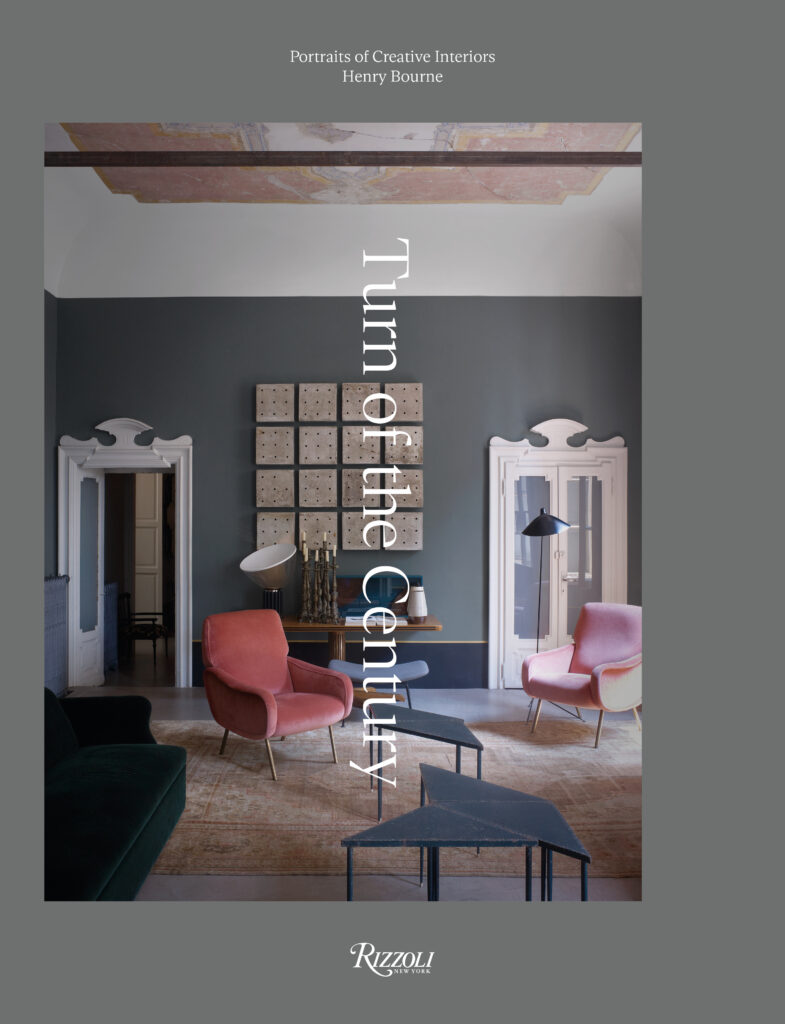
designers Britt Moran and Emiliano Salci,
Milan, photographed in 2013. Turn of the Century by Henry Bourne (Rizzoli New York) Photo Credit: Henry Bourne
HOMEWORTHY: Your Book, Turn of the Century, encapsulates thirty years of photographing some of the world’s most important artists, architects, designers, and innovators. Tell us how this body of work came to be.
HENRY BOURNE: I have been lucky enough to be commissioned by many of the best magazines in the world to photograph these incredible subjects over the last thirty years. Whilst perusing my archive of images I realized that these photographs constituted a fascinating document of how and where we live and work over the last three decades. Tastes and fashions may change, but good design, and most importantly the personality of these designers, architects, and artists seem to stand the test of time and even reflect changes of society in their own way.
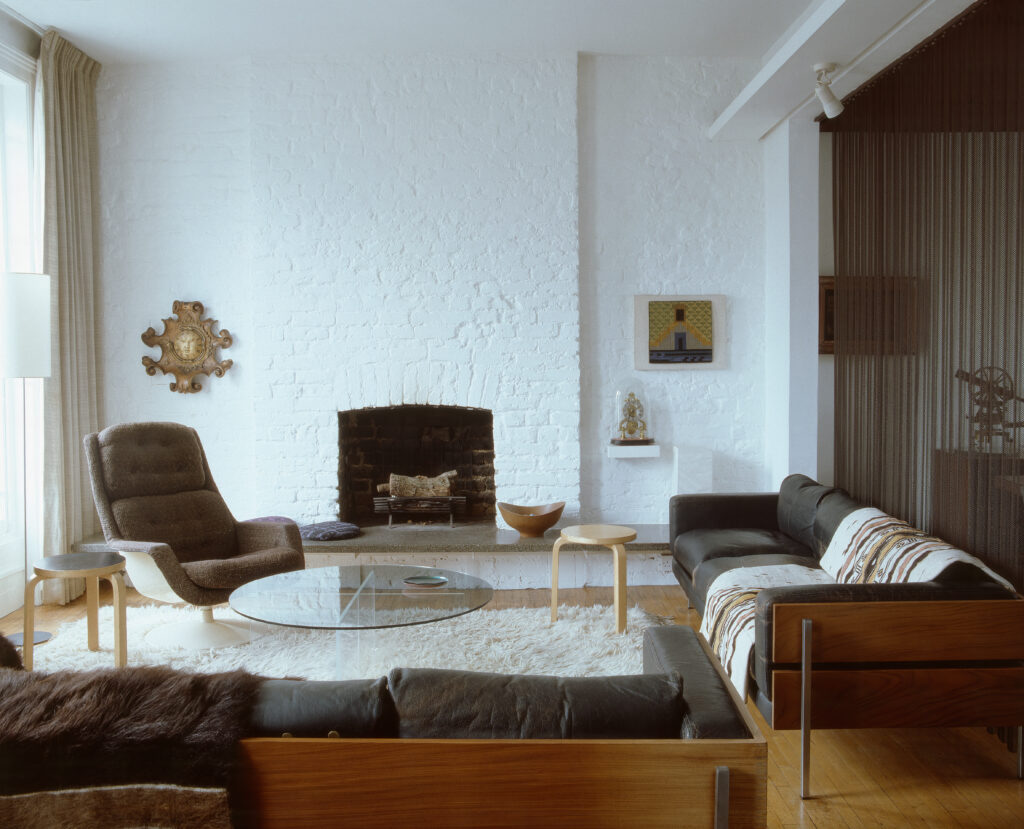
London, photographed in 1996. Turn of the Century by Henry Bourne (Rizzoli New York) Photo Credit: Henry Bourne
HOMEWORTHY: Are there one or two particular homes or homeowners in this book that left a lasting impression on you? What made them so distinctive?
HENRY BOURNE: I chose the subjects as they all fascinate me, in particular, the breadth of the differences of the subjects are so pronounced and eclectic. But I would say that the artists squat at Cholmeley Dene, the home and studio of the artists Tim Noble and Sue Webster, and the breath-taking Seizure installation by Roger Hiorns stand out for me. Regeneration, transformation, and a recycling of domesticity into works of art resonates in these subjects. I love the homes of the late Zaha Hadid and Victoria Press too, for the sheer strength of personality of these incredible women.
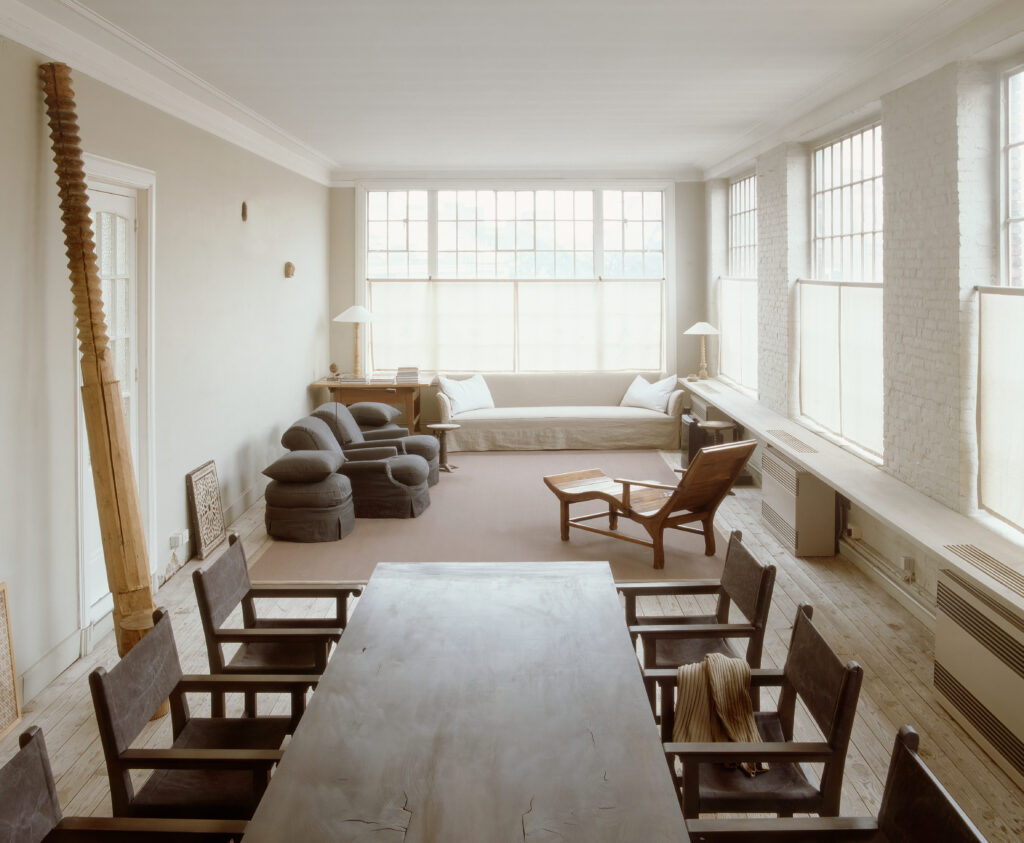
photographed in 1996. Turn of the Century by Henry Bourne (Rizzoli New York) Photo Credit: Henry Bourne
HOMEWORTHY: This book takes us from Upstate New York, to Belgium, to London, and beyond. Did you notice design approaches shift with each culture?
HENRY BOURNE: The book‘s subjects are predominantly European, only because I live in Europe. There are subtle shifts in the design aesthetic of different countries, the monochromatic shades of grey in Oliver Gustav’s Copenhagen apartment may reflect a Northern European climate, as does the apartment of Vincent van Duysen in Antwerp. Whilst in London, there is a merging of cultures due to the city’s sheer size and cosmopolitan nature.
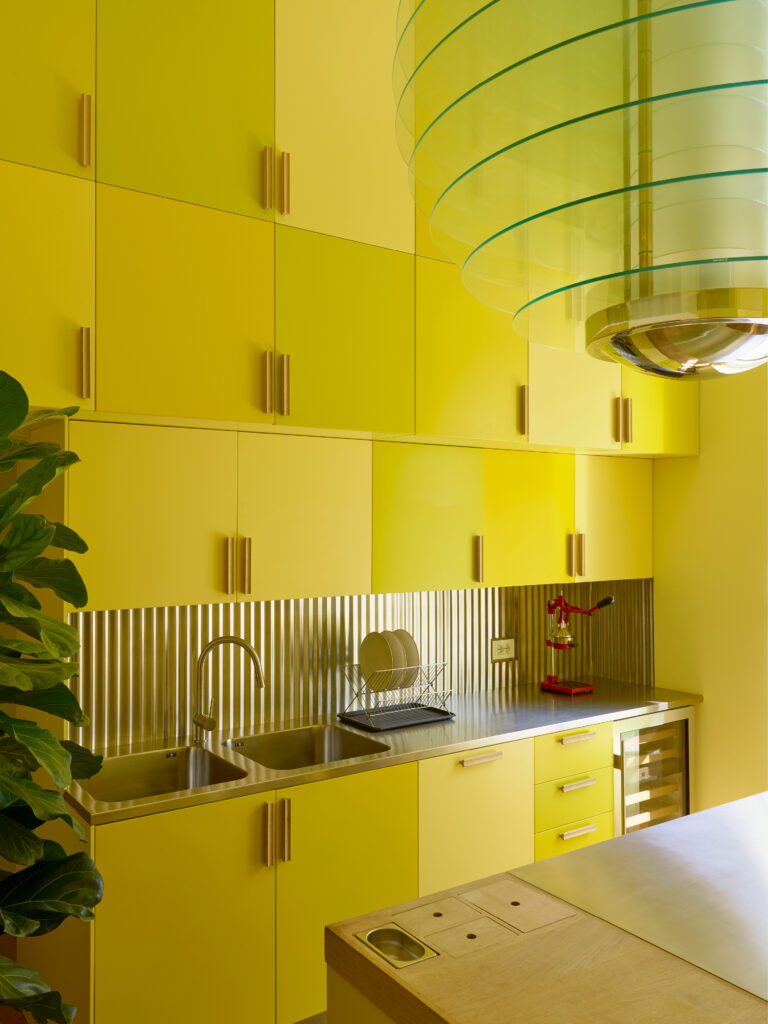
Olsen’s house designed by Luca Guadagnino,
Lake Como, photographed in 2018. Turn of the Century by Henry Bourne (Rizzoli New York) Photo Credit: Henry Bourne
HOMEWORTHY: What is one design lesson you’ve learned through exploring these spaces with your camera?
HENRY BOURNE: Anything goes!
HOMEWORTHY: How has your own interior design style been influenced by the homes you’ve photographed?
HENRY BOURNE: It has given me the opportunity to learn more about the history of design and architecture and try to understand provenance and relevance today. But most importantly that both objects, design, and homes are most interesting when they are personal to the inhabitants.
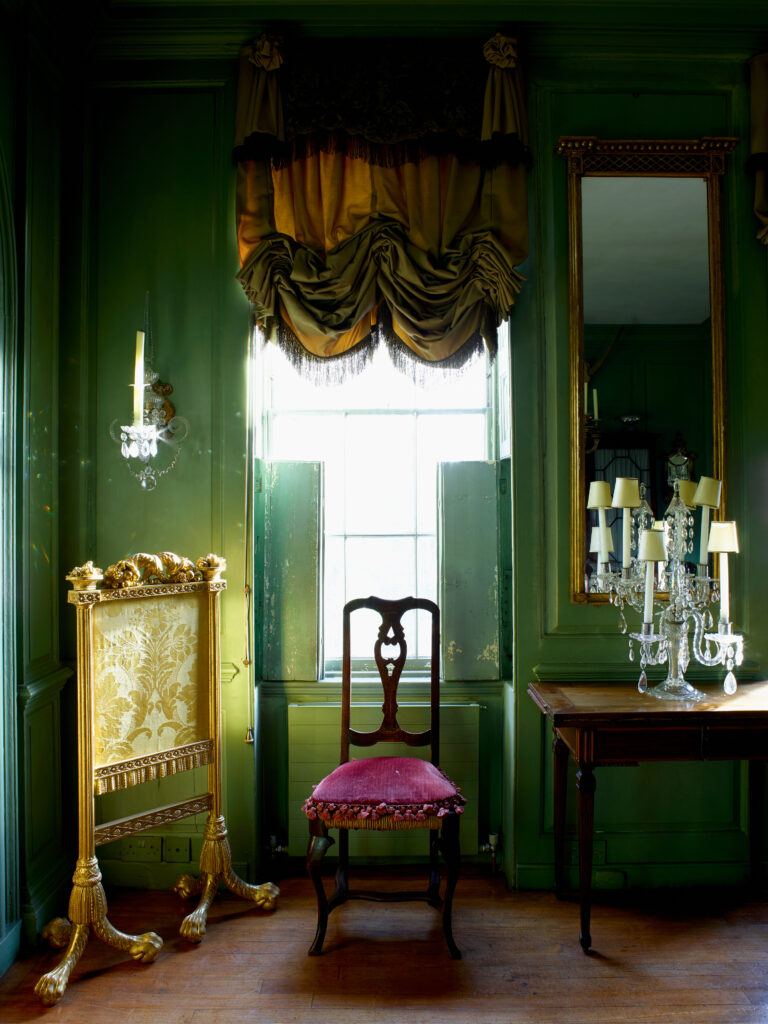
photographed in 2015. Turn of the Century by Henry Bourne (Rizzoli New York) Photo Credit: Henry Bourne
HOMEWORTHY: What has been the most unexpected or unique design element you’ve come across throughout your photographing career?
HENRY BOURNE: I think that the way the artists at Cholmeley Dene repurposed an abandoned property into a romantic, albeit freezing, artwork and free home.
HOMEWORTHY: What do you think makes a house Homeworthy (and ‘bookworthy’ enough to be featured)?
HENRY BOURNE: Something different and extraordinary, that has its own individual personality that reflects the homeowners character rather than a particular decoration, or style. An interesting story or narrative is always my hook. I want to show the character and personality of the homeowner rather than a particular paint color in my photographs, capture the atmosphere, and I ask myself who has just left the room?

photographed in 2008. Turn of the Century by Henry Bourne (Rizzoli New York) Photo Credit: Henry Bourne
